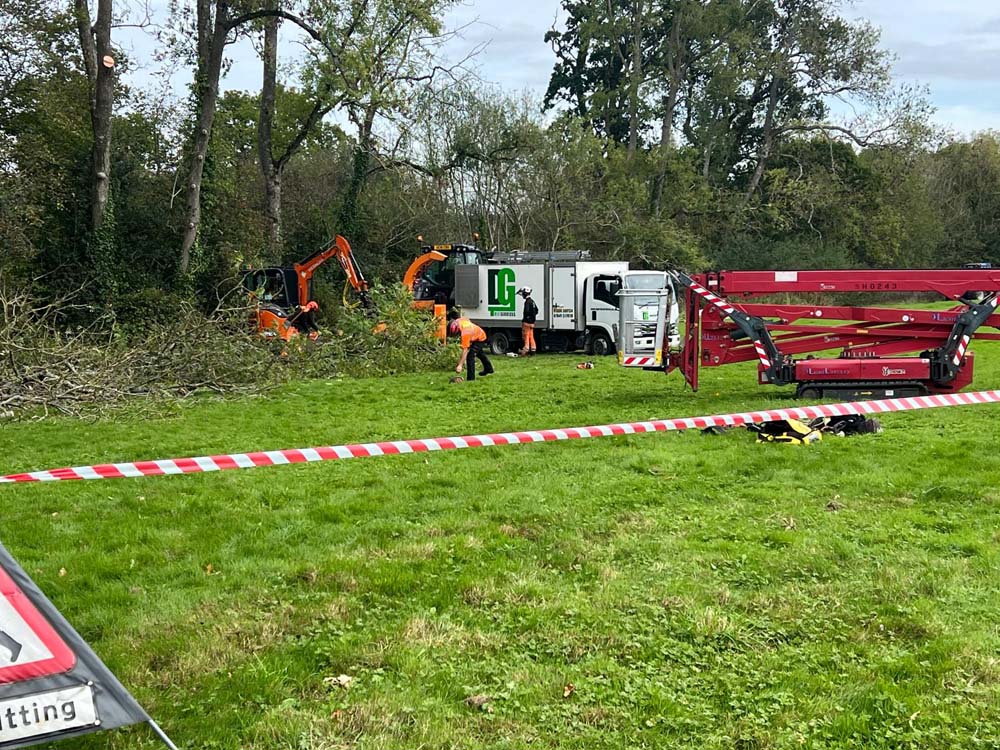Ash Dieback Sussex

Ash Dieback in Sussex
In Sussex, the spread of Ash Dieback, a serious disease affecting ash trees, poses a significant ecological threat. Originating from East Asia, the disease is caused by the fungus Hymenoscyphus Fraxineus, which is highly destructive to both young and mature ash trees.
Our team has extensive experience across the UK, gaining valuable local insight while working throughout the county and adjacent areas.
Strategies for Controlling Ash Dieback
The disease is predominantly spread through wind-dispersed fungal spores, which can travel considerable distances. These spores are produced from fallen leaves that decompose on the ground and from those still within the canopy. High-traffic areas such as the A27, A259, A272, and A23 in Sussex are particularly vulnerable, as vehicle movements help to propagate these spores, leading to widespread infection of roadside ash trees. This has necessitated the removal of many infected trees from public spaces and private gardens to help curb the spread.
Symptoms of Ash Dieback to Watch For
Ash Dieback presents several distinct symptoms:
- Canopy Dieback: Typically appearing from July to September, symptoms include the blackening and wilting of leaves and shoots. Affected leaves eventually drop off, resulting in a thinning of the tree’s canopy.
- Bark Lesions: The disease may extend from the leaves to the twigs and branches, and eventually to the trunk. This progression causes dark lesions on the bark, potentially encircling and choking the affected branches or trunk, thus disrupting the tree’s uptake of water and nutrients.
To help prevent the further spread of Ash Dieback in Sussex, it’s crucial for tree owners to stay vigilant and inspect their trees regularly for signs of the disease. If you notice any symptoms, contact DG Trees promptly to schedule a free tree inspection. Our team is committed to addressing this issue and helping to preserve the health of Sussex’s tree population.

